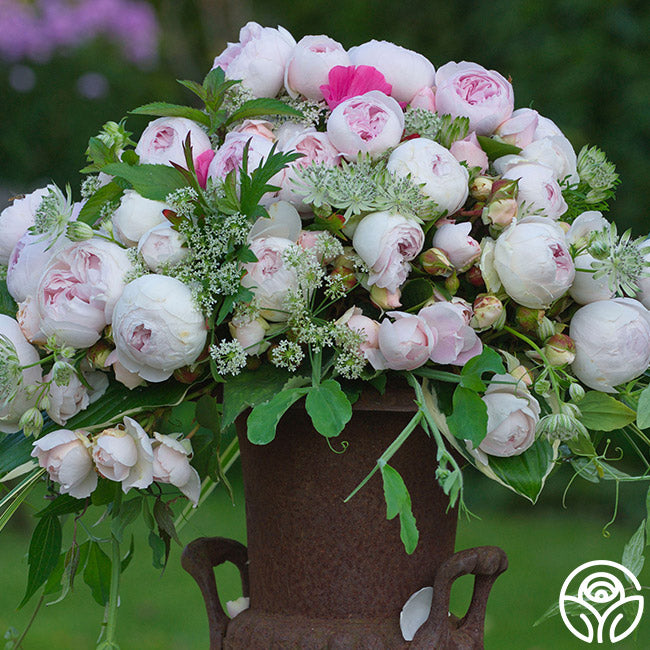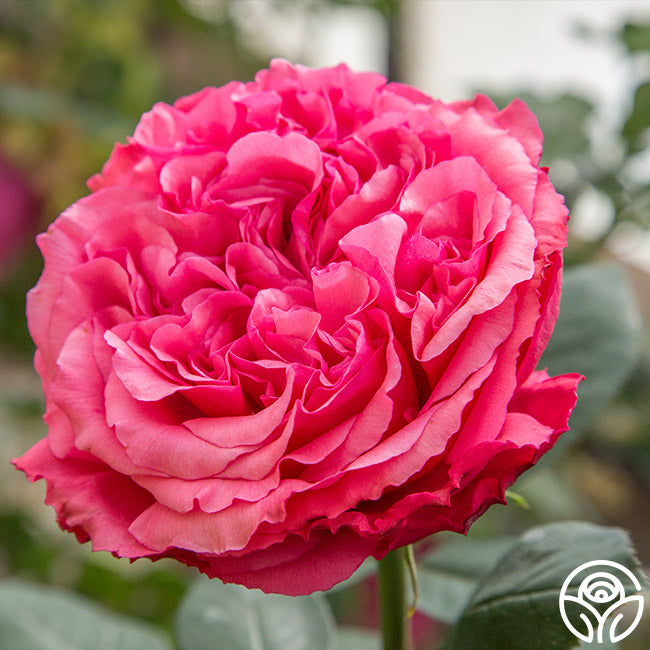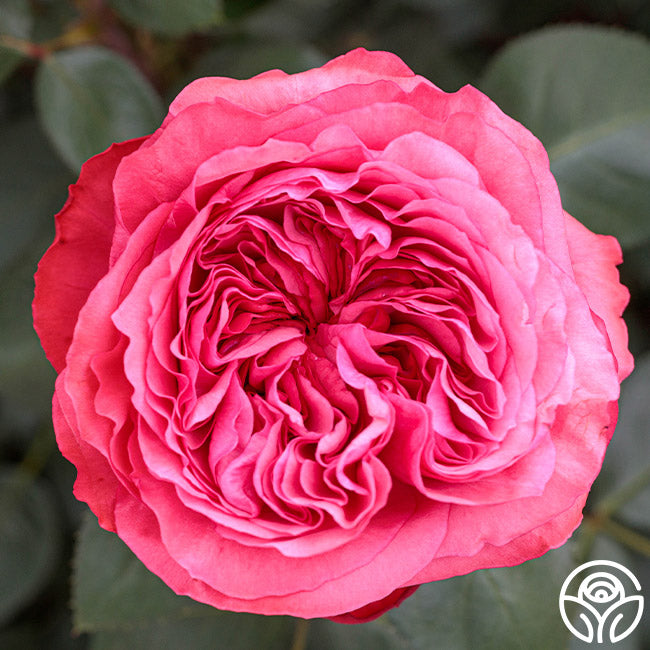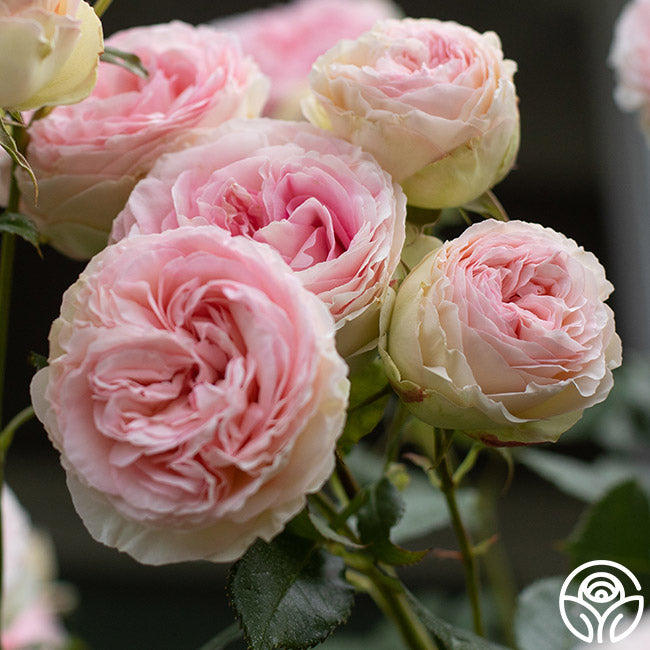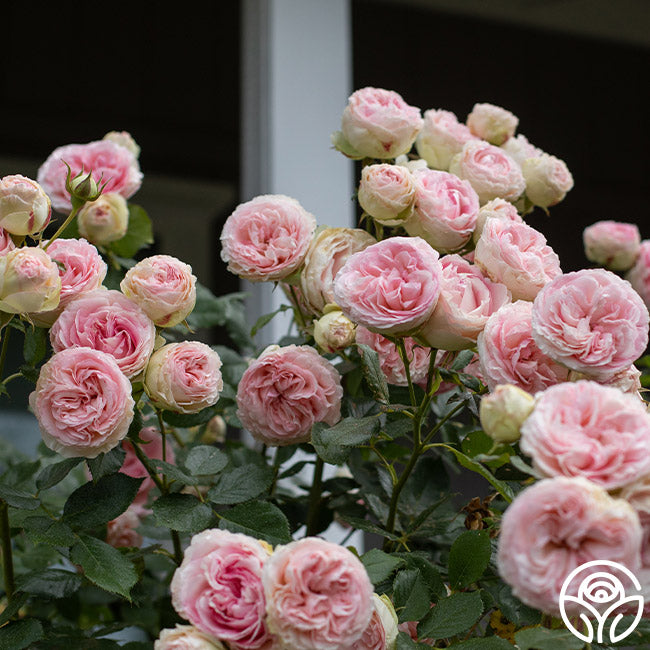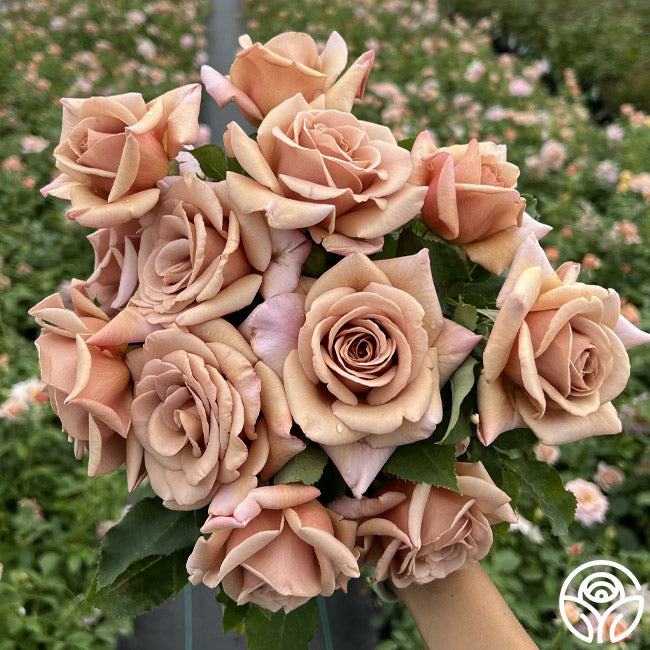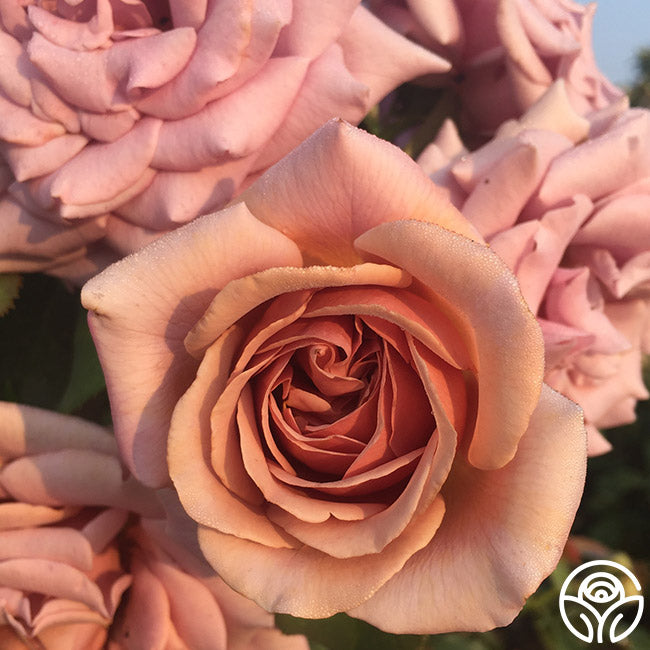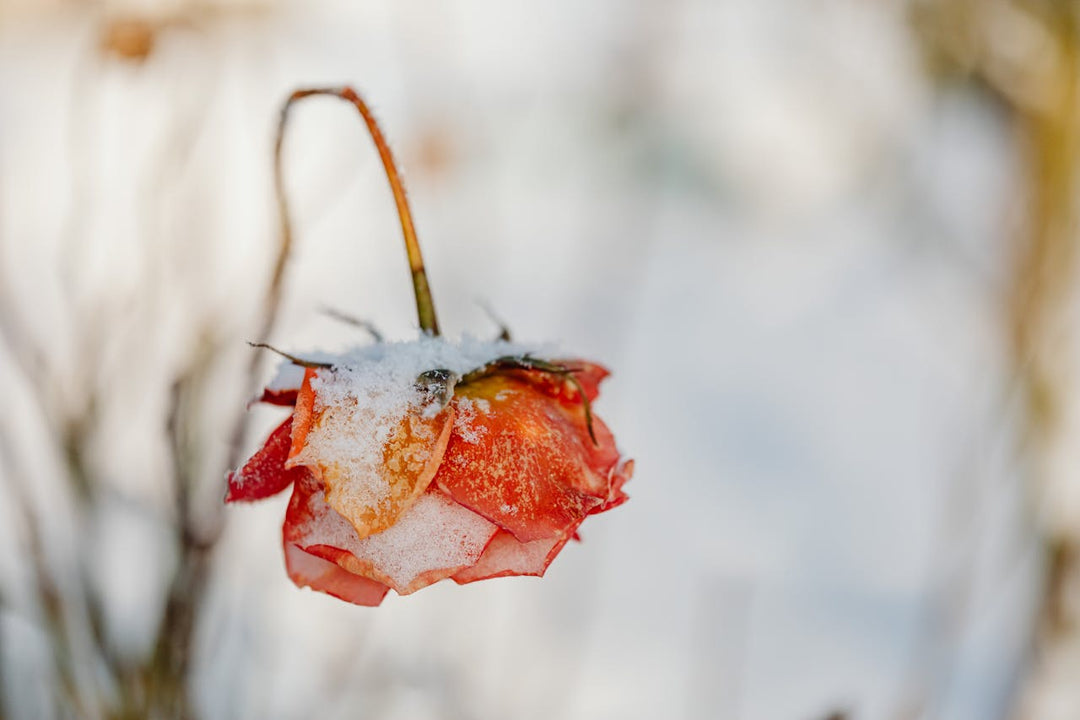Protect Roses From Deer
Deer love roses. So what’s a gardener to do? One Oregon man discovered the perfect solution.
In north central Oregon, where summer temperatures can reach 100 and winter weather dips to a bone-chilling 10 degrees, Jon Dunagan found a way to stave off voracious deer, even though his home is remote, forested, and a deer Mecca. To discourage their feasting, Jon uses a mixture that has his fleet-footed neighbors browsing elsewhere.
Tender young buds and luscious new growth draw deer to the banquet of 150 rose bushes (most came from Heirloom Roses) surrounding the Dunagan home, but they don’t eat.
Secret to Success
- Start spraying in spring. In the spring when the first bit of green appears, Jon begins a weekly spray schedule of his special mixture.
- Stop spraying in September. The first week in September, Jon stops spraying. The deer immediately show up and begin eating. They do the winter pruning, so Jon doesn’t have to. The deer nibble away, leaving the rose garden trimmed back enough so that the winter snows won’t break or bend the remaining canes.
- Repeat. Come spring, as soon as green appears, Jon resumes his spray schedule and the deer find something else to eat.
As a nature lover, Jon would not harm the deer, but they find his organic concoction detestable. “Watching from my window, they slowly approach,” he says. “One whiff and they jump back, meander off, and search for alternative nourishment.”
Pure Protect by Heirloom Roses
Organic Deer Repellent Recipe
Mix the following ingredients in a blender:
- 1 cup water
- 3 eggs
- 1/3 cup hot sauce, like Tabasco
- 1/3 cup liquid dishwashing soap
Pour into a gallon tank sprayer and fill with water. Spray thoroughly once a week. As an additional deterrent, you may add a cube of beef bullion (since deer do not like meat) but this is usually unnecessary.
This mixture does not hurt roses and Jon reports that it has never hurt any other plant that he has sprayed it on. Be sure to wear gloves and goggles when applying this mixture.




